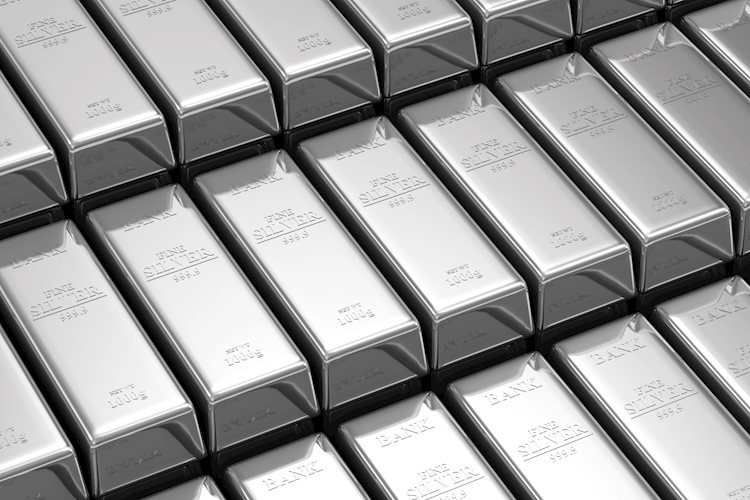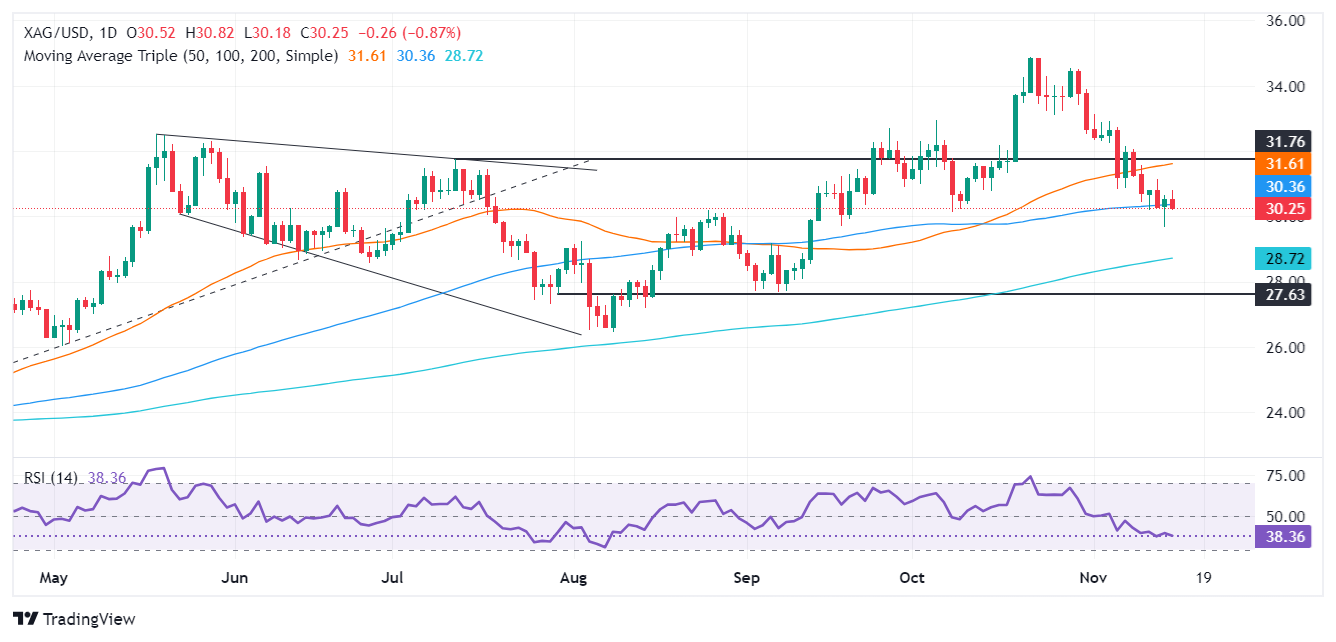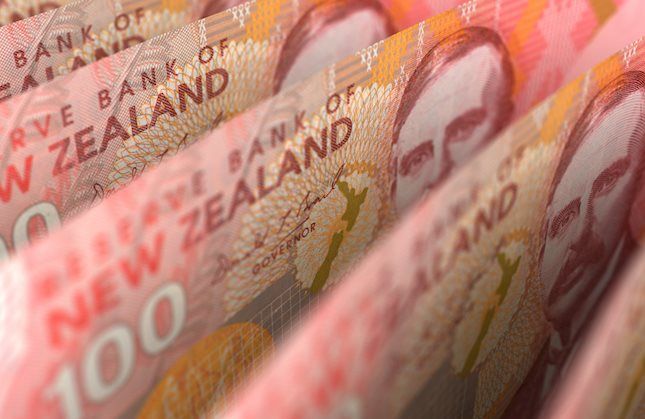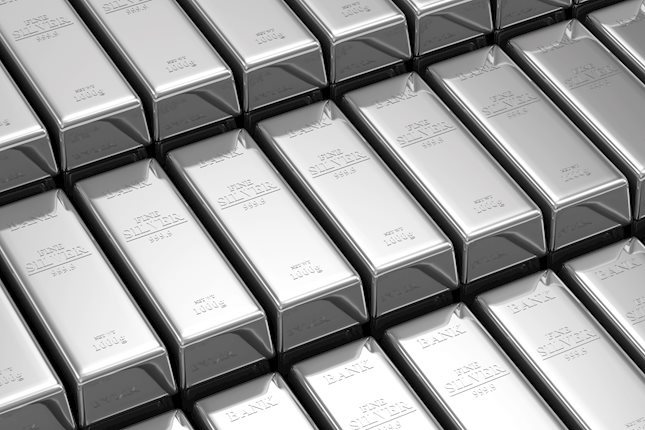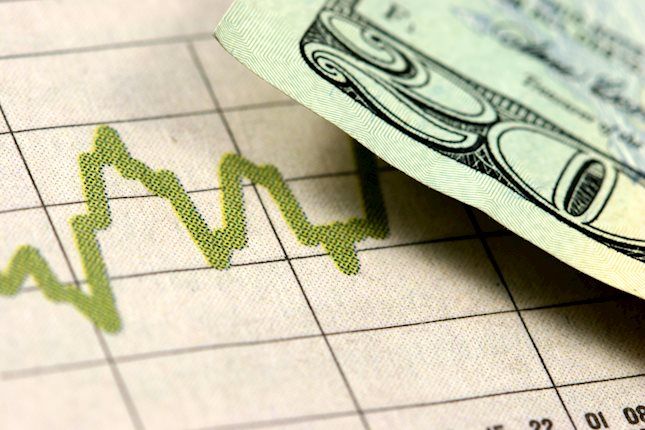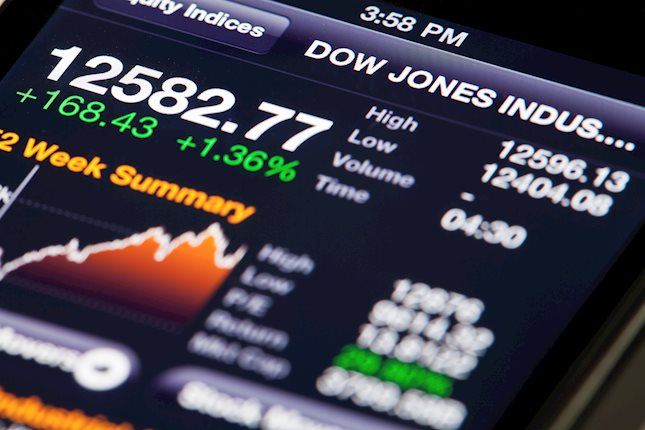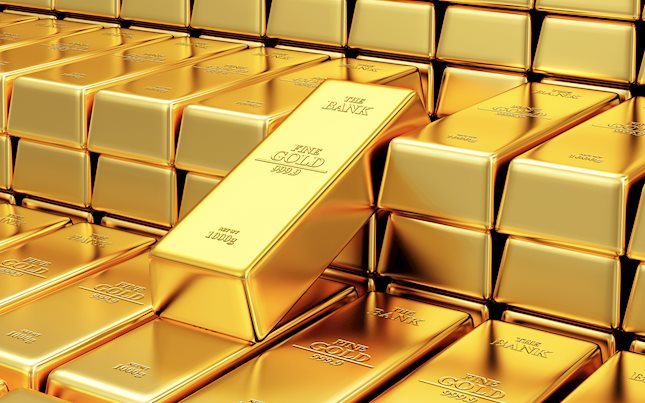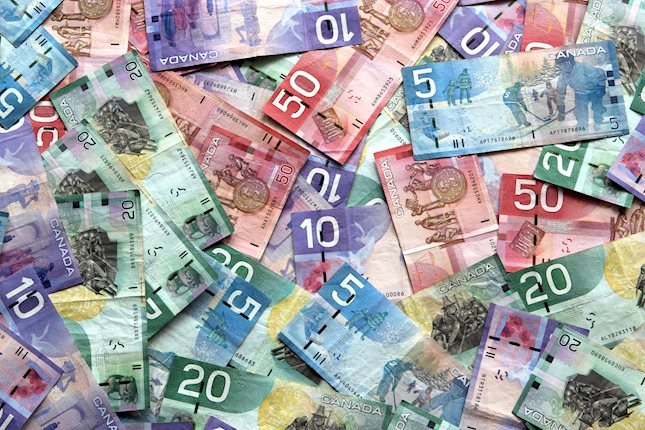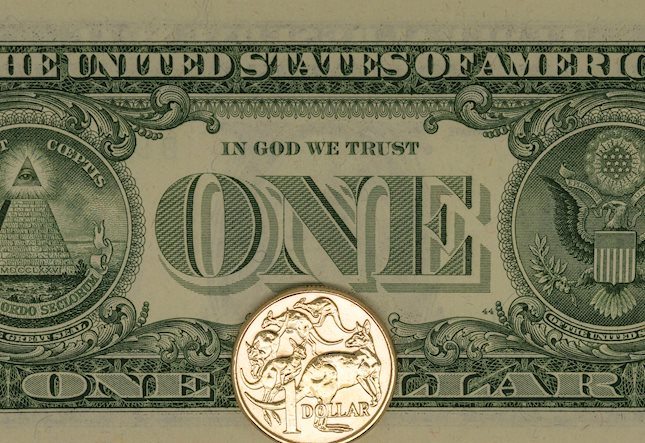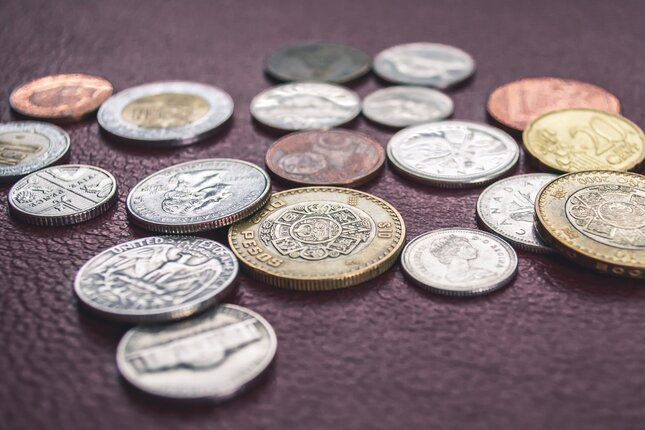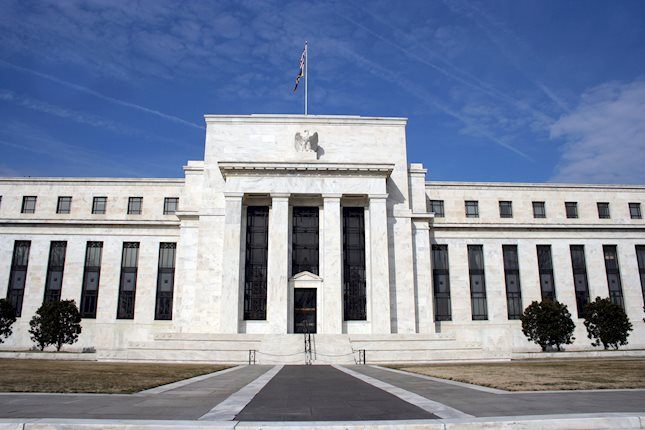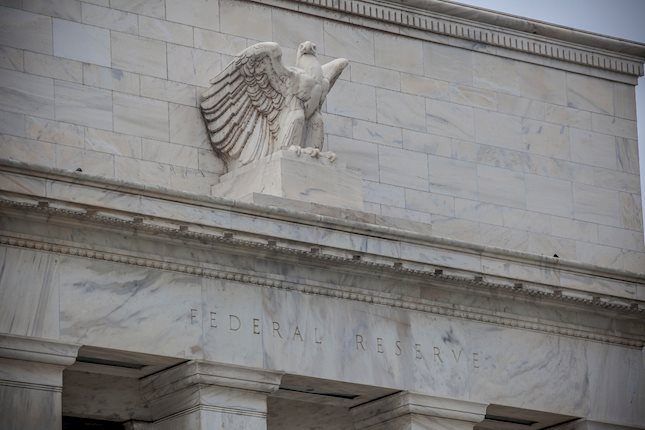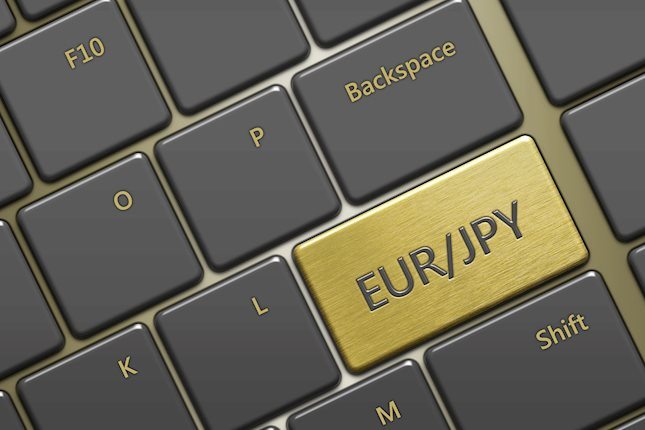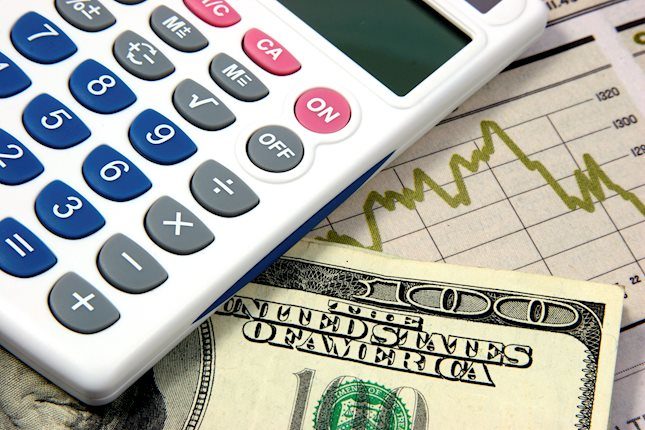Silver Price Forecast: XAG/USD remains bearish biased, dips below $30.30
- Silver struggles to maintain momentum, hovering near the 100-day SMA at $30.34 with a downward bias.
- Potential further decline could see silver test key supports at $30.00 and the 200-day SMA at $28.63.
- A rebound above $31.00 could challenge higher resistances, targeting the 50-day SMA at $31.51 and beyond.
Silver's price fell over 0.70% beneath $30.30 after robust US Retail Sales data suggested the Federal Reserve could gradually ease policy. At the time of writing, the XAG/USD trades at $30.21 after hitting a daily peak of $30.81.
XAG/USD Price Forecast: Technical outlook
Silver price remains subdued at around the 100-day Simple Moving Average (SMA) at $30.34. Nevertheless, the mid-term bias is tilted to the downside, and once bears push prices below August’s 26 high turned support at $30.18, they will test the psychological $30.00 mark. A breach of the latter will expose the 200-day SMA at $28.63, followed by the September 6 swing low of $27.69.
If Silver moves back above $31.00, this could pave the way for challenging the 50-day SMA at $31.51. Once surpassed, XAG/USD's next resistance would be $32.00.
Oscillators like the Relative Strength Index (RSI) hint that further XAG/USD’s downside is seen, as RSI remains shy of being oversold.
XAG/USD Price Chart – Daily
Silver FAQs
Silver is a precious metal highly traded among investors. It has been historically used as a store of value and a medium of exchange. Although less popular than Gold, traders may turn to Silver to diversify their investment portfolio, for its intrinsic value or as a potential hedge during high-inflation periods. Investors can buy physical Silver, in coins or in bars, or trade it through vehicles such as Exchange Traded Funds, which track its price on international markets.
Silver prices can move due to a wide range of factors. Geopolitical instability or fears of a deep recession can make Silver price escalate due to its safe-haven status, although to a lesser extent than Gold's. As a yieldless asset, Silver tends to rise with lower interest rates. Its moves also depend on how the US Dollar (USD) behaves as the asset is priced in dollars (XAG/USD). A strong Dollar tends to keep the price of Silver at bay, whereas a weaker Dollar is likely to propel prices up. Other factors such as investment demand, mining supply – Silver is much more abundant than Gold – and recycling rates can also affect prices.
Silver is widely used in industry, particularly in sectors such as electronics or solar energy, as it has one of the highest electric conductivity of all metals – more than Copper and Gold. A surge in demand can increase prices, while a decline tends to lower them. Dynamics in the US, Chinese and Indian economies can also contribute to price swings: for the US and particularly China, their big industrial sectors use Silver in various processes; in India, consumers’ demand for the precious metal for jewellery also plays a key role in setting prices.
Silver prices tend to follow Gold's moves. When Gold prices rise, Silver typically follows suit, as their status as safe-haven assets is similar. The Gold/Silver ratio, which shows the number of ounces of Silver needed to equal the value of one ounce of Gold, may help to determine the relative valuation between both metals. Some investors may consider a high ratio as an indicator that Silver is undervalued, or Gold is overvalued. On the contrary, a low ratio might suggest that Gold is undervalued relative to Silver.
Forex News
Keep up with the financial markets, know what's happening and what is affecting the markets with our latest market updates. Analyze market movers, trends and build your trading strategies accordingly.
